Wildfire Safety Guide
If you’re a homeowner, it can be highly stressful if a wildfire begins and spreads to your general location or residence. Learn everything you need to know about wildfires and how to stay safe.
What Can You Do To Prevent Wildfires?
There are specific actions you can take to aid in preventing wildfires. First, you can always be aware of how you’re managing campfire sites. It’s important to be a responsible campfire custodian to avoid any accidents.
Another type of burning to be mindful of is debris burning. Whenever you have brush piles to burn, you must do so responsibly, following all local ordinances. Lastly, be aware of safety with equipment use. The type of equipment you choose and how you manage it can contribute to fire prevention and safety.
Campfire Safety
The location of your campfire is critical. One thing you want to consider for your campfire is the wind and the direction in which it’s blowing. Avoid areas that are susceptible to wind gusts. To safely extinguish the campfire, you’ll want to use water, sand, or dirt and stir the fire material with a shovel until it’s cool. If you use water, continue pouring water on the material until the hissing sound stops. Also, remember, it’s not safe to leave the material unless it’s cool enough to touch.
Debris Burning
It’s essential to check your local ordinances to see if and when you’re allowed to burn things like brush or debris piles. Of course, you always want to burn on days when it’s not windy and surrounding vegetation isn’t overly dry. Also, make sure to stay with the fire until it’s entirely out.
Equipment Use
The way you handle your lawn care can aid in the prevention of unintended fires. For example, lawnmowers and other types of power equipment can throw sparks, resulting in wildfires. So, it’s a good idea to mow before 10 a.m. and avoid it on days that are overly windy or dry. Good practice also includes keeping a shovel and fire extinguisher close by just in case.
Prepare for Wildfires
Having to deal with a wildfire is not something anyone wants to have to face. However, there are steps you can take to prepare for a wildfire. Best practices to follow when preparing for a wildfire include:
Readyforwildfire.org says that an emergency supply kit is an essential part of wildfire preparedness. Keep in mind that you should assemble an emergency supply kit for each person—not just one for the whole family. Each person can use a backpack or something similar to hold all essentials and be ready to go if an emergency necessitates a quick evacuation.
You can place food and water in a tub or chest with wheels, making it easier to move. It’s essential to have these things ready beforehand because there may not be time to look for and gather these items during an emergency. Additionally, with the stress of the situation, you and your family could forget several necessities.
Many areas have alerts that you can sign up for to notify you if there’s ever an impending wildfire in your area. CAL FIRE developed this new app called Ready for Wildfire to help people create a personalized wildfire preparedness plan. The app also keeps you updated on any active wildfire incidents. You can view the Ready for Wildfire app FAQ and link to the app by clicking here:

The following list of items appears on the Emergency Supply Kit checklist prescribed by readyforwildfire.org:
coverings
The US Forest Service compiled a list of online resources providing information on wildfires. One of those resources is the Interactive Wildfire Map that allows you to see wildfire incidents anywhere you choose, along with data points such as acres, cost, personnel count, structures threatened, and percent contained. The list also includes feeds from the NIFC and Inciweb Twitter accounts. Another resource you can use is the AirNow website that monitors fires and air quality for selected locations. Cutter Law is tracking updates to the Los Angeles Fire Lawsuit here.
Strengthen Your Home
It’s difficult to imagine being in a situation where you have to hope that your home can withstand a wildfire. But, thankfully, there are steps you can take to strengthen your home against such a situation.
In Your Home
It may not be entirely possible to prevent a wildfire from reaching your neighborhood and home. However, if the unthinkable should happen, you want to be ready so that the fire does as minimal damage as possible. Not strengthening your home against a wildfire could result in the catastrophic total loss of all your belongings and everything in and around your home. The following steps explain what you can do to strengthen your home and mitigate damage caused by a wildfire if one should threaten your home:
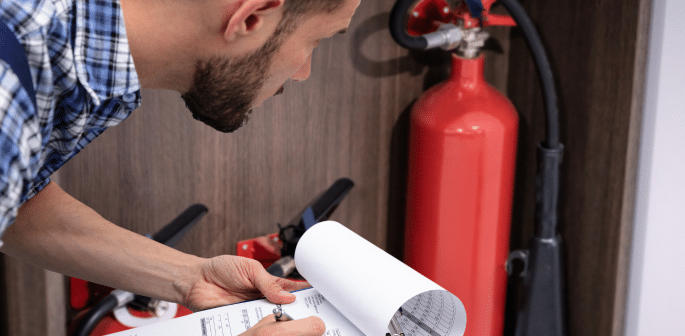
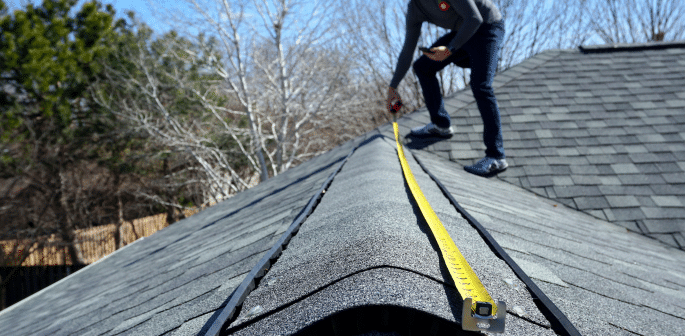
Use fire-resistant materials for some parts of your home
Fire-resistant materials are available for parts of your home. For example, builders can compose the roof and exterior structure with fire-resistant or noncombustible materials. You can also use fire-retardant chemicals to treat the wood or combustible materials you might have in your roof, siding, decking, or trim. By using these materials or treatments, the exterior of your home will be much less susceptible to fire.
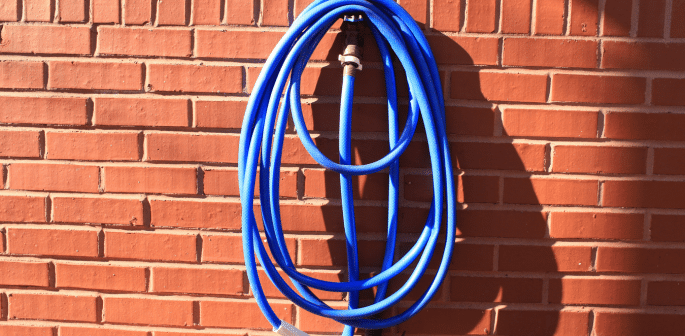
Have access to a water source in case you need it
It’s vital to locate and maintain a suitable outside water source. It could be a hydrant, well, swimming pool, cistern, or a small pond. It’s also a good idea to keep a garden hose on hand that is long enough for all areas of your home and other buildings you may have on your property.
You can have exterior water outlets installed on the sides of your home and near any other buildings on your land. For maximum coverage, experts recommend additional outlets be at least 50 feet from your house. Having ample water access and coverage is vital so that the water can reach whichever part of your home or property requires it quickly.
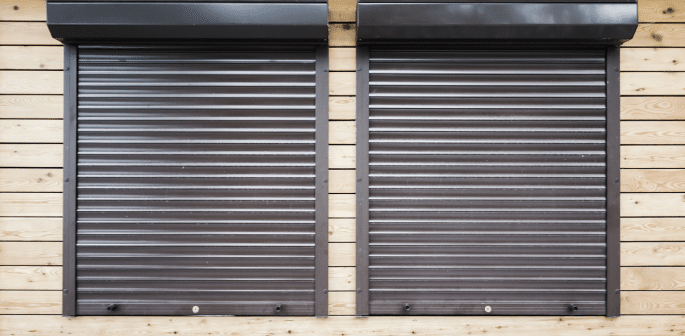
Consider shutters and fireproof drapes
For your windows, you can use protective shutters and drapes that are fire-resistant. Using these types of materials for your window dressings will help slow the spread of the fire and protect your home. This is important because the less material there is for the fire to consume, the more likely you are to sustain less significant damages.

Prevent embers from entering the home
One of the ways a home can fall victim to a wildfire is if the embers enter the house. Embers can enter through a doggy door, chimney, roof, windows, and exterior cracks. Use a 1/8th inch hardware cloth to cover outside vent openings. Close and seal off a doggy door during fire season. Replace missing shingles. Caulk exterior cracks. These small steps can help keep the fire outside the home and away from any number of flammable items inside, including carpet and furniture.
Around Your Home
If you don’t strengthen the areas around your home, the damages and repercussions can be catastrophic. The outside is so important to secure and prepare for wildfire dangers. If your home’s surrounding landscape fuels the fire, it will soon find its way to the house itself. The following steps can help you determine various outside factors to address to limit the spread and damage of a wildfire if one should spread close to your property or home:
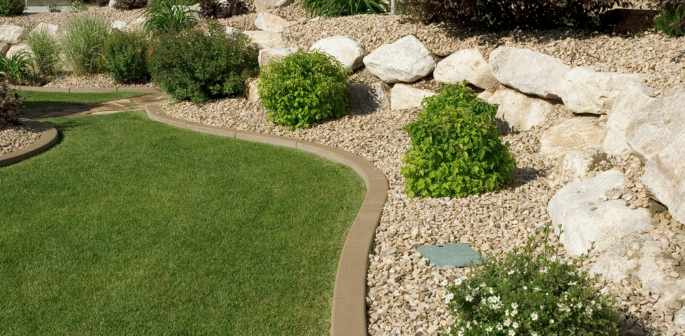
Rake leaves
It may seem simple, but raking your leaves can help prevent the spread of a wildfire by removing “fuel” for the fire. The same logic applies to outside debris like twigs and dead limbs. You also want to check underneath your structures to remove any rubbish and leaves.
Properly store flammable materials and liquids
Properly storing flammable materials is good practice regardless of wildfire safety. Using approved safety cans and storing containers in a safe location on shelves rather than near the base of buildings is strongly recommended. Doing so makes it less likely that a wildfire will find such materials and further fuel the flames with the highly combustible materials.
Keep your grass mowed
Experts recommend that you regularly mow your lawn, keeping your grass cut at four inches. Any higher than four inches and the grass would then become fuel for any potential wildfire.
Trim 15ft of space between tree crowns
Trees can provide sufficient fuel for a wildfire. Check the trees on your property and cut off any limbs that are 15 feet or closer to the ground. Doing so can prevent a fire on the ground at the base of the tree from consuming the entire foliage, as it cannot easily jump up the tree and engulf it whole. In addition, make sure that there are 15 feet of space between the branches of trees to ensure that it cannot quickly jump to the next tree if one tree catches fire.
Review Your Homeowners Insurance Policy
You may need to contact your insurance company to get a copy of your policy. When you have it, read over it and make sure you understand it, and always ask questions if needed. It’s essential to know what your policy covers and make any necessary changes to protect your investment.
You should also develop a list of the contents of your home. Doing so can help you file a claim to recover your losses if you fall victim to a damaging wildfire.
Pet Preparedness and Wildfires
Taking care of your pets is going to be a priority if a wildfire reaches your home. It’s important to plan ahead and know what to do when that moment comes. Your pets should have collars with their names on them as well as rabies and license info tags. Each of your pets should have its own carrier for ease of transport. Ensure that your neighbors have your contact info if an emergency occurs when you’re not home.
Some supplies you want to have ready include any medications for your pet along with dosing instructions, two weeks’ worth of pet food and water, and food and water bowls that don’t spill. It’s also important to know your evacuation process ahead of time, as your pets will likely be frightened, and you might be frenzied as well in the midst of an actual fire.

Know Your Evacuation Zones
Local officials may announce evacuations for certain designated areas, also known as evacuation zones, in an emergency. It’s crucial to find out which zone you live in so you can take action if local officials call for an evacuation. You should always have evacuation plans and ensure that you, your children, your pets, and others know exactly what to do in advance in case of a wildfire.
Having zones allows for local authorities to evacuate in an orderly, prioritized manner. Your local or state government website should have information on the different evacuation zones for your area.
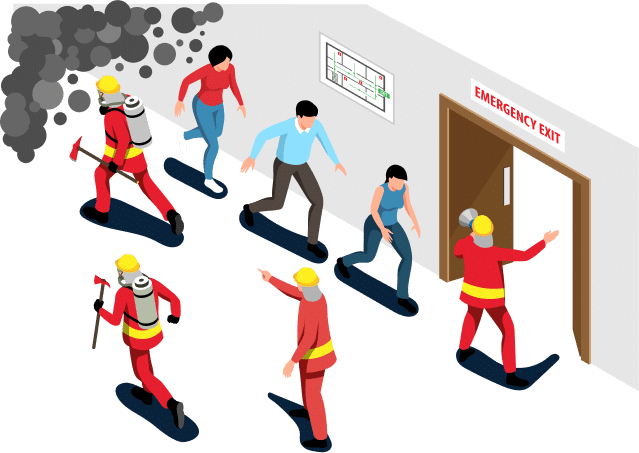
Evacuation Checklist/Tips
It’s imperative to prepare for an evacuation ahead of time. Here are some tips to help you in the event of a wildfire emergency:
- Before ever needing to evacuate, be aware of the alternate routes out of your area.
- Keep an emergency kit in your car.
- Know where to find the nearest shelter.
- Have a plan for leaving along with a settled destination.
- Prepare a plan with family members to maintain communication during an emergency.
- Have a battery-powered radio as electricity may not be available, and follow the authorities’ instructions for evacuation.

What to Do If You Find Yourself Caught in a Wildfire
If you happen to get caught in a wildfire, your response should never be to outrun the fire. Instead, the first step is to look for a body of water, including a pond or river, to crouch in. If no water is nearby, find a depressed area that’s cleared and has no vegetation. You should lie low to the ground, cover your body with wet clothing, a blanket, or soil.
You should remain low to the ground and covered until the fire passes. Protect your lungs by breathing air closest to the ground, through a mask or moist cloth, if possible, to reduce smoke inhalation. Call 911 and give your location. If possible, use a light such as a flashlight to help rescuers find you through the dark smoke.
Returning Home and Cleaning Up
After surviving a wildfire, you have to endure the challenging and often heartbreaking task of returning home to assess the damage. Taking inventory of what you’ve lost and making tough decisions such as rebuilding or relocating can be very traumatic and burdensome. The clearing and cleaning process is undoubtedly very emotional, but remember to continue ensuring the safety and well-being of yourself and your family. You can replace most things, but not people.
Dealing with Debris and Damage
When dealing with debris and damage after a wildfire, it’s crucial to follow safety protocols. Once you return to your home as authorized by your local authorities, keep your family safe by avoiding hazards like leaking or spilled chemicals. Do not dispose of paint, cleaners, or other chemicals by dumping them down drains or toilets. Additionally, use caution when moving any sort of building materials to prevent physical injury.
Mold, Insects, and Asbestos
If, in the debris, you suspect that certain materials may contain asbestos, do not disturb the materials. The water used to extinguish the wildfire can create mold and insect issues. If any materials are wet and you cannot thoroughly dry them within 48 hours, discard them. These materials will likely become a breeding ground for mold.
It’s necessary to dry out the ceiling, walls, and flooring. Micro-organisms can continue to grow when materials are wet and in a humid environment. Solving these issues can be costly because they often require the complete replacement of affected materials. If cleaning is possible, the depth and intensity of cleaning needed to resolve the issues completely can also be quite expensive.
Lost and Found Livestock and Pets
Many local animal shelters have lost and found information on their website. For example, Sacramento County’s Animal Care and Regulation has a Lost and Found Pets page, as do many other local animal shelters. Search the name of your local area plus “pet lost and found” to see what programs are available near you to help reunite you with your pets should you be separated during a wildfire.
About Those Who Protect Us
It’s important to acknowledge and understand the sacrifice and heroism of the firefighters who work to preserve and save our homes and communities amid such difficult and dangerous conditions posed by wildfires.
Wildland Firefighters
There are many different roles among wildland firefighters.
Firefighters on the ground include:
Handcrews: Consisting of 20 firefighters who burn out areas outside of a wildfire to create fire lines to stop the spread of the fire and also responsible for clean up after a fire
Hotshots: The most skilled handcrews who work on the most challenging part of the wildfire
Engine crews: Two to 10 firefighters operating specialized fire engines
Firefighters in the air include:
Smokejumpers: They parachute into a wildfire area to attack a wildfire in remote areas
Helitack crews: Helicopter transports carry these firefighters to the wildfire
Wildland Firefighter Foundation
The Wildland Firefighter Foundation started in the aftermath of 14 brave firefighters giving their lives in the South Canyon fire in Colorado in 1994. Vicki Minor created the foundation to provide direct support to wildland firefighters and their families. Click here to donate with either a one-time gift or a monthly recurring gift.
If a wildfire impacts your home or property, you may be eligible for a Small Business Administration disaster loan. Check the declared disaster areas to see if you’re in one. If you are, you could qualify for a loan to cover any losses leftover after insurance or FEMA funding.
There are different types of disaster loans, including:
• Physical damage loans
• Mitigation assistance
• Economic injury disaster loans
• Military reservist loans
If a wildfire damages your home or property, you’ll inevitably need to deal with your insurance company to file a claim. Unfortunately, insurance companies often act in bad faith by offering their clients a substantially lower settlement than they deserve.
In the wake of a horrible tragedy such as the destruction of your home in a wildfire, the California wildfire law firm of Cutter Law fights for homeowners to get the compensation needed to rebuild their lives. We have experience and success in challenging insurance companies to pay fair settlements and make things right when they fail to do so initially.
In Doan v. State Farm, the insurance company was depreciating property based on age rather than condition. Cutter law argued such practices were a violation of the California Insurance Code. In 2019, the Superior Court of California approved the settlement agreement. State Farm paid $4.6 million to the plaintiff class of insureds.
